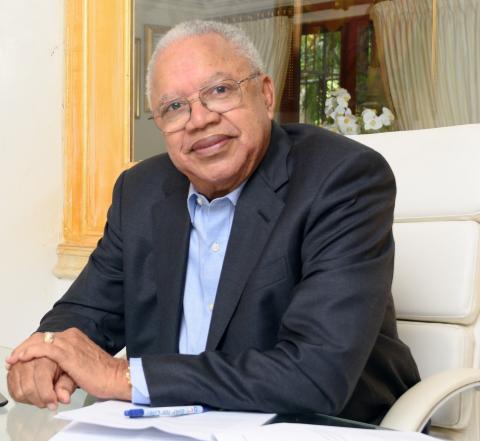
We have been talking a lot about the digital future and the paradigm shift that has taken place in healthcare that sees us looking towards having technology as a major part of the system for the benefit of patients, caregivers and society at large. In fact, many strides have been made towards this in many countries, Jamaica included. We are now in the process of starting the groundwork for full digitisation of some of our public hospitals and health centres. Many private sector organisations have already taken the plunge and in some cases have been operating digitally in at least some part of their functions for years.
The question is, though, are we truly ready? While there is no question as to whether the software exists and can be accessed to ensure health digitisation across the board, we must consider whether the citizenry is ready, willing and able to access health in a new technological landscape. Many parts of Jamaica are rural and have still not got some services that some of us take for granted. In these modern times, we get reports still of communities just being able to access piped water. Access to technology may not be much different.
ILL-PREPARED
The COVID-19 pandemic has brought to the fore the extent to which we are ill-prepared for technology immersion. Many schools simply stopped functioning because students and parents were not able to access the tools required to facilitate online engagement. Still we’ve come a far way since the 1980s. We are living in an era where technology is at the forefront of all we do. The younger generation can hardly imagine a life without a cell phone, a tablet or a computer, and even some older ones have difficulty putting themselves back into that space. In fact, there is an entire generation that does not know a world without a smartphone.
In addition, we have been doing very well in terms of mobile phone penetration. According to the World Bank, mobile cellular subscription for Jamaica as at 2019 amounted to 3,023,873, which is more than the total population of the island. The Telecoms Market Information Report published by the Office of Utilities Regulation indicated that the mobile subscription penetration rate was 108.5 per cent for 2020, and for the March 2020 quarter, total Internet subscription for the island amounted to 2,001,000.
These are good signs that we have what it takes to invest in and improve our technology infrastructure to make digitised healthcare more accessible to the average Jamaican. We are simply not there yet. The fact that we are moving swiftly towards wide-scale health digitisation means that we must do these two things in tandem. It would make little difference if we offer, say, telemedicine and only persons near town centres and business districts can partake of it. We would still be preventing the most vulnerable from accessing what was meant to make life easier for them.
The use of mobile applications is already popular and will become more so in healthcare once we are further ahead in digitisation. One of the most expensive mobile services presently is data. Data is needed for the use of these mobile apps for the most part. This will also have to be considered for access to services. The people who will need it most will most likely be those who have difficulty with the potentially high cost to access remote services.
A MAJOR BUSINESS
Mobile health app development has become a major business – on its own – in the healthcare industry. According to a report published by Zion Market Research, “The global Mobile Health apps market was valued at approximately US$8 billion in 2018 and is expected to generate around US$111.1 billion by 2025, at a [compound annual growth rate] (CAGR) of around 38.26 per cent between 2019 and 2025.” (globenewswire.com).
Mobile apps will play a leading role in healthcare access through technology. We therefore must pay attention to what is required to make access easier and cheaper. While we have been making strides in general technology development and the implementation of healthcare digitisation, we must take a holistic approach to ensuring that once we have put the services in place, the majority of our population will have the means to access them, at least those who need them most.
- Doug Halsall is the chairman and CEO of Advanced Integrated Systems. Email feedback to doug.halsall@gmail.com and editorial@gleanerjm.com
Published: Sunday | November 21, 2021 | 12:08 AM Doug Halsall - Contributor
https://jamaica-gleaner.com/article/news/20211121/digital-inclusion-heal...

